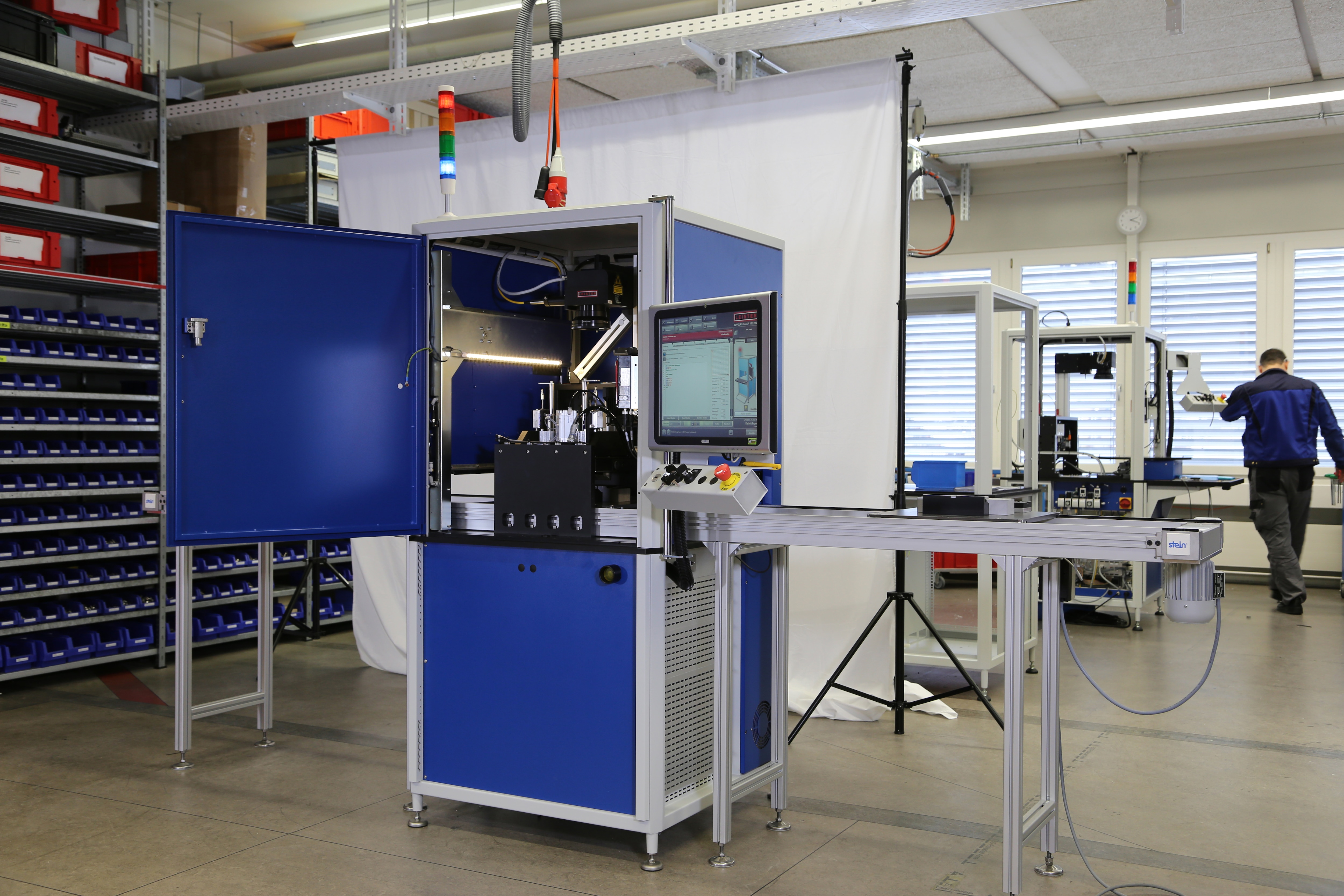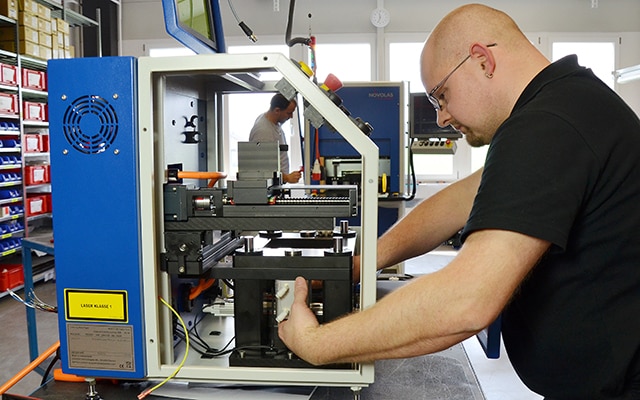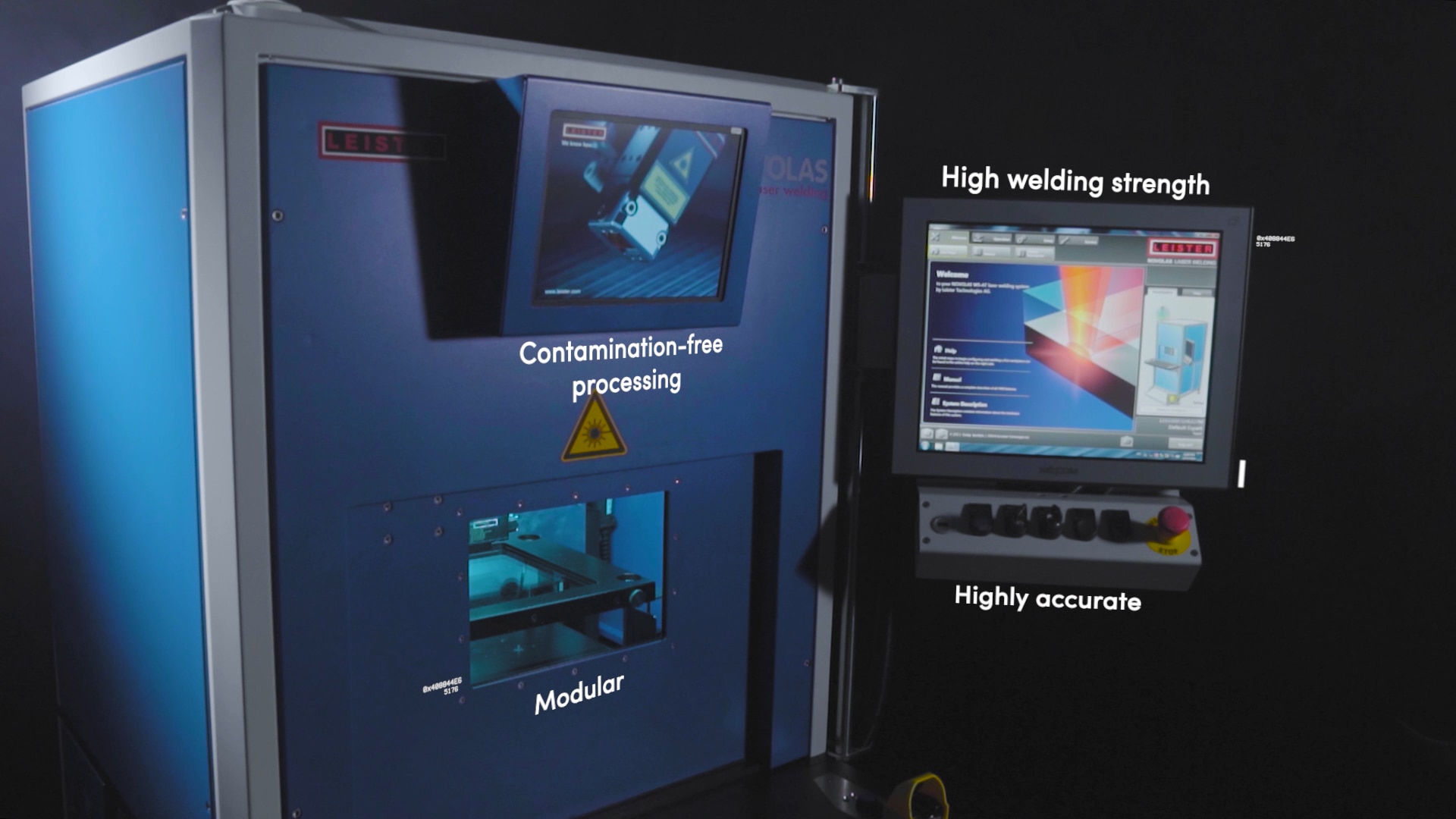Laser Plastic Welding: Important Development in Italy

Laser plastic welding is undergoing an important development phase. Leister, the Swiss multinational company that has been a reference in the field of plastic welding technologies for over 70 years, has successfully developed solutions for the automotive, electronics and micro-technology, medical and textile sectors.

- transparent joint part
- absorbent joint part
- laser emission
- melting area
- welding seam

Leister is the company that can offer the greatest number of alternative techniques for directing the laser beam and thus carrying out the welding process. These include the patented GLOBO-welding which allows welding of plastic parts in 3 dimensions in one process. Leister also provides its customers with decades of application experience and a laboratory at the parent company in Switzerland to carry out feasibility tests, develop new applications or optimise the production cycle. The Italian subsidiary can count on competent technicians able to support customers in the various stages of the process.

For a further increase in productivity, NOVOLAS WS-AT can be completed with the integration of a rotary table. NOVOLAS welding machines can be used as manual workstations or integrated into automated production lines. Thanks to the experience and know-how of the Leister developers, these systems can be manufactured according to the individual technical and application specifications of the customers.